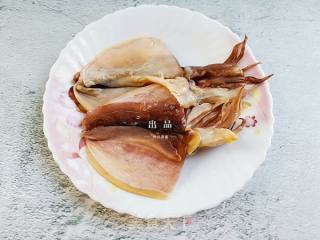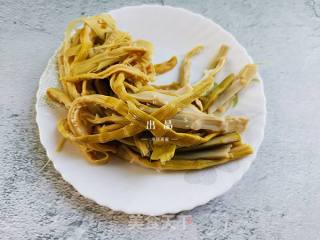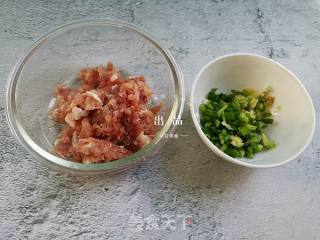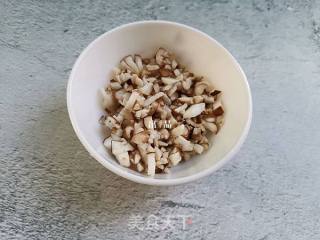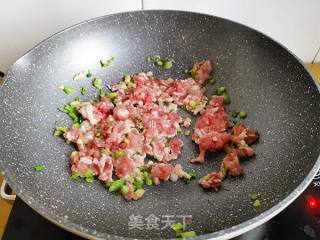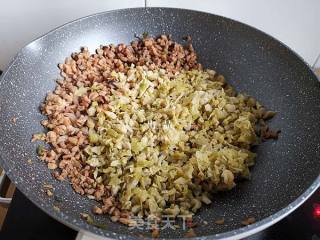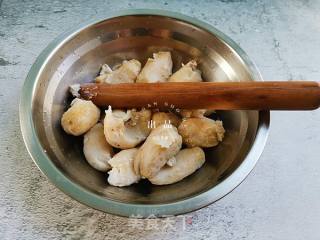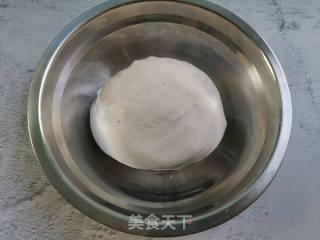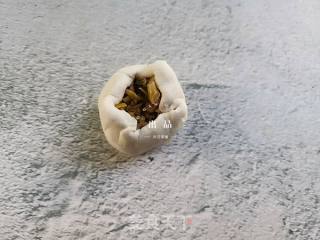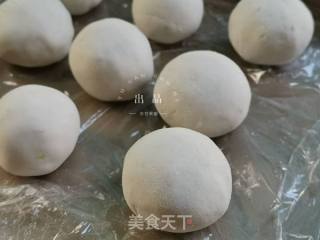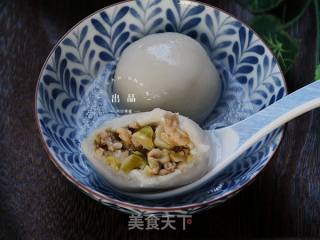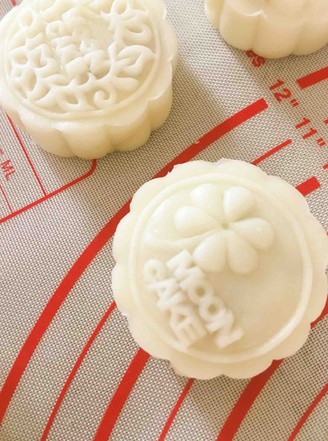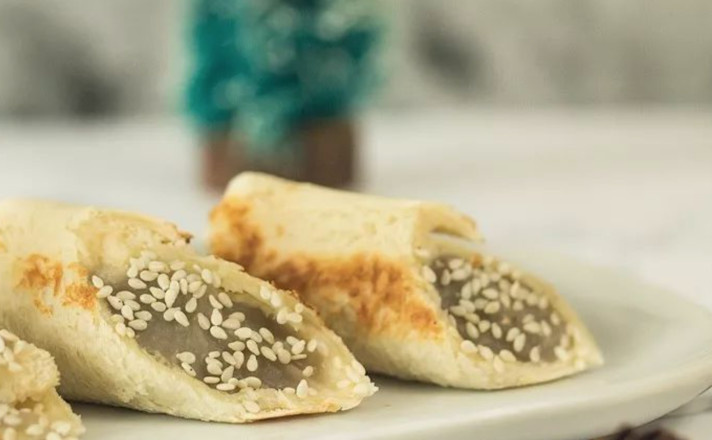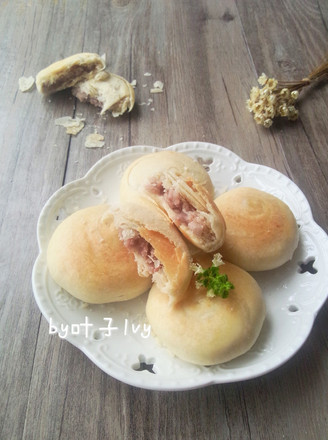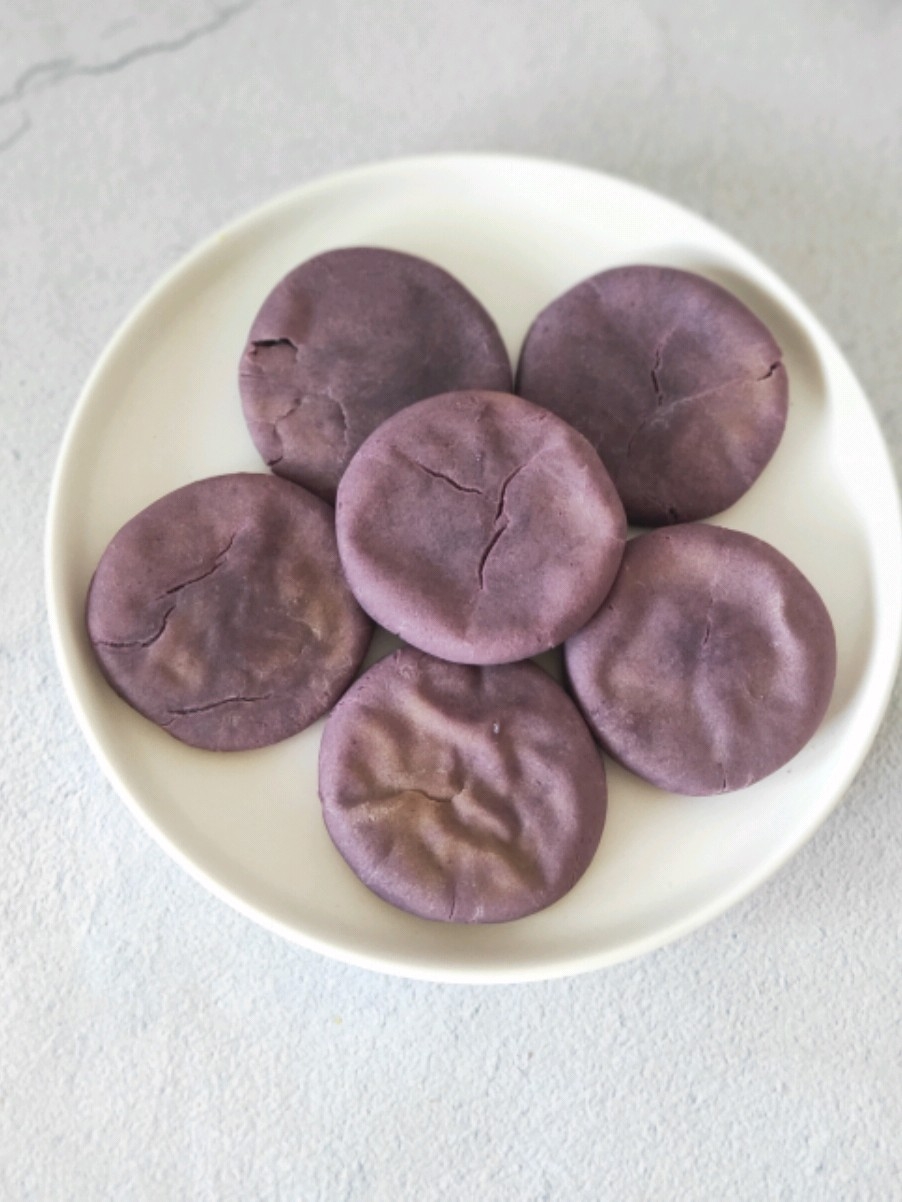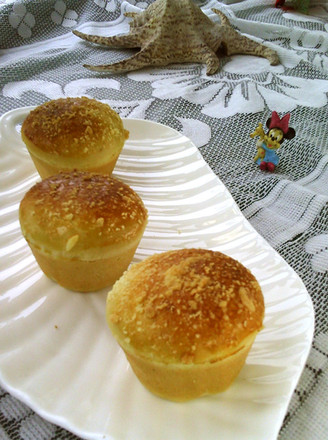Taro Buns
1.
First wash the taro and steam it in a pot. It takes about 15 minutes. Choose this kind of small taro, which has good stickiness. White yam is generally chosen, because it is shaped like an egg and small in size, it is also called taro.
2.
After soaking the fish dry, remove the hard shell in the middle, as well as the eyes, wash it, and chop it for later use.
3.
Dried bamboo shoots are soaked in a pot under cold water, blanched and supercooled to squeeze out the water, then chopped for later use. Some dried bamboo shoots have salt and need to be brewed and cleaned many times.
4.
Prepare minced ginger and chives. Prepare the diced pork. You can choose three fat and seven lean pork front legs, which taste better than lean meat, so choose your favorite.
5.
After the fresh shiitake mushrooms are cleaned, blanch water in a pot of boiling water, then squeeze the water in cold water, and chop them.
6.
Add oil to the pot, stir-fry the minced ginger and green onion, stir-fry the minced pork until the aroma changes, add appropriate amount of light soy sauce and cooking wine and stir-fry.
7.
Finally, add the prepared dried bamboo shoots, fish and shiitake mushrooms, add a little salt and fry for about one or two minutes, mix the fillings, and fry the aroma.
8.
The steamed taro is peeled and pressed into a mud with a rolling pin. Then, hold the bowl in your left hand and the rolling pin in your right hand. Place the bowl diagonally and beat the taro mud several times. The taro mud is delicate and sticky after being beaten by hand.
9.
Add 250 grams of tapioca starch and knead it into a smooth dough. The kneaded dough is soft and not sticky. The ratio of taro mash and tapioca flour is generally 2 to 1. The editor adds 50 grams of tapioca starch according to the dough. Some families also have tapioca flour instead of tapioca starch, which is also possible.
10.
Take a dough agent, knead it into a concave shape with your hands, put an appropriate amount of stuffing, and place it on the mouth of your right hand to close the mouth.
11.
The wrapped taro bag can be rolled with a layer of flour on the outer layer and stored in the refrigerator. Or boil directly into the pot.
12.
Boil water in a pot, wrap the taro in the pot and cook until it floats. When you first enter the pot, you need to push it in time to prevent it from sticking to the bottom of the pot. The package made by the editor is bigger or smaller, and each dose is about 25-30 grams. For this amount of dough, more than 20 pieces can be packaged.
13.
Tastes great. Try it if you like it.
Tips:
1. After the taro is steamed, it can be kept warm. I started whipping while it is hot. The tapioca starch is still hot. The taro wraps can be kept frozen if they are not finished.
2. The taro buns can be boiled or steamed. It is also refreshing and delicious when eaten after cooling.
3. The outer layer of the taro bun should not be too thin, thicker and more chewy, or thinner. According to personal preference, if the bun is a little bit revealing, it can be steamed and eaten.



